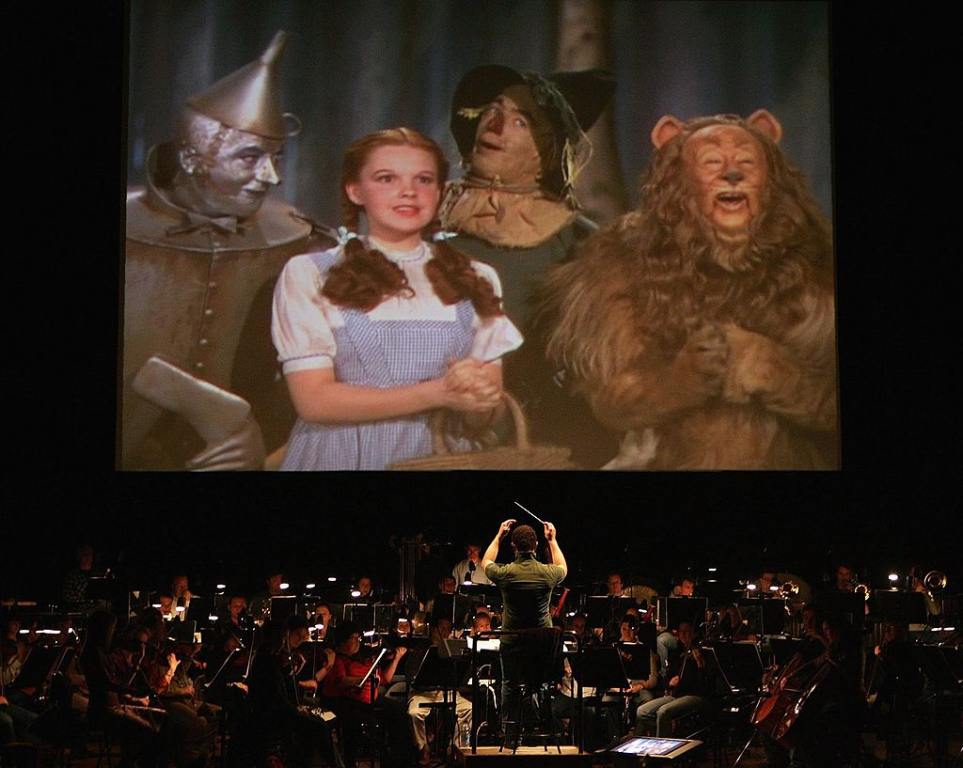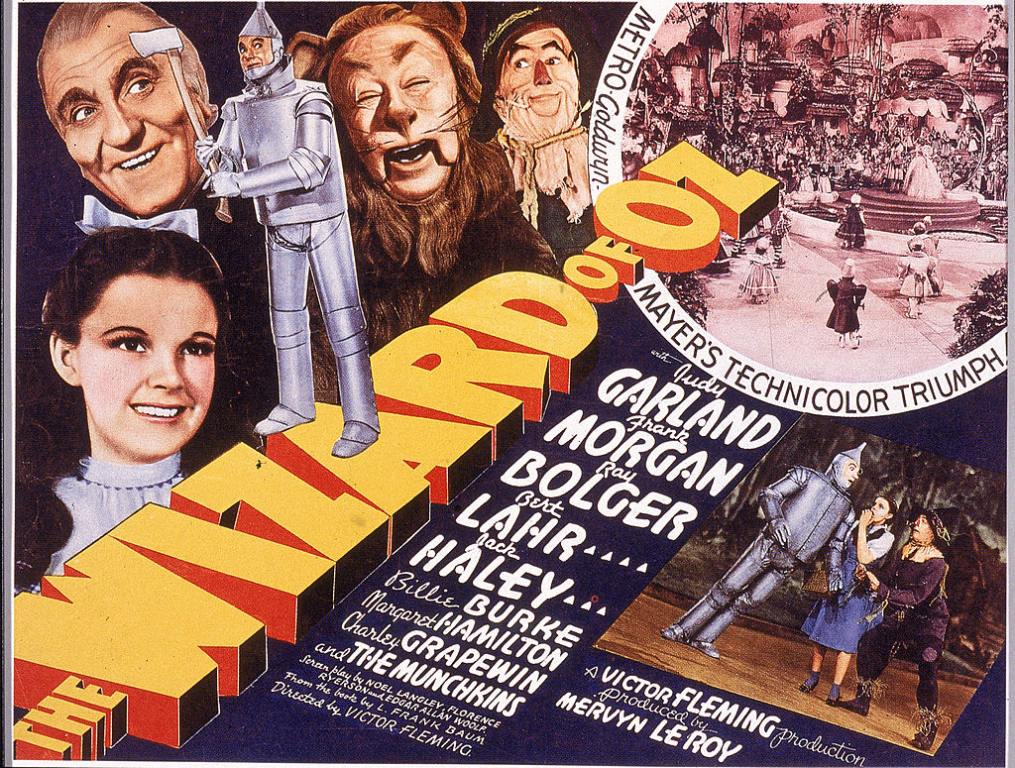11 Surprising Facts About The ‘Wizard of Oz’ That Will Knock Your Ruby Slippers Off
The Wizard of Oz is one of the most iconic films in cinematic history. Released in 1939, it has stood the test of time and remains beloved by audiences of…

(Photo by Astrid Stawiarz/Getty Images)
Photo by Astrid Stawiarz/Getty ImagesThe Wizard of Oz is one of the most iconic films in cinematic history. Released in 1939, it has stood the test of time and remains beloved by audiences of all ages.
It's A Technicolor Dream Come True
There's so many reasons to Love the Wizard of Oz. It was the first movie to use Technicolor, and use it well. At the time of its release, Technicolor was a new and expensive technology that was rarely used in films. However, the filmmakers of The Wizard of Oz saw its potential and used it to create a stunning visual experience. The vibrant colors used in the film have become a defining characteristic of the movie, and have inspired countless filmmakers to experiment with color in their own work.
Special Effects For The Win
The Wizard of Oz also features some groundbreaking special effects for its time, including the use of matte paintings, rear projection, and miniatures. These techniques helped to create the fantastical world of Oz, and have since become staples of the fantasy genre. The film's iconic tornado sequence, in particular, is still studied by special effects artists today for its innovative use of practical effects.
Timeless Story
Beyond its technical achievements, The Wizard of Oz also has a timeless story that has resonated with audiences for generations. The film's themes of friendship, bravery, and the search for home are universal, and have helped the movie remain relevant to this day. The characters of Dorothy, the Scarecrow, the Tin Man, and the Cowardly Lion have become some of the most iconic in cinematic history, and their journey through Oz has inspired countless adaptations and homages in film and television.
Inspired Future Movies
The Wizard of Oz also paved the way for other classic family films that have since become staples of the genre. Movies like Willy Wonka and the Chocolate Factory, Mary Poppins, and The Sound of Music all owe a debt to The Wizard of Oz for their use of music, fantasy, and memorable characters.
11 Fun Facts That You Might Not Have Known About The Wizard of Oz
11. The Ruby Slippers Were Originally Supposed To Be Silver
The ruby slippers were originally supposed to be silver in the Wizard of Oz book, but were changed to ruby for the movie. Thank goodness! They make a statement don't they? The ruby red slippers that Judy Garland wore in the film were donated to the Smithsonian Museum 1979. But Judy wore several pairs of the ruby slippers while filming.
10. The Tin Man's Makeup Made The Actor(s) Very Sick

(Photo by Patrick Riviere/Getty Images)
The Tin Man's makeup was made from aluminum powder, which ended up making the actors who played him very sick. Buddy Ebsen was originally cast as the Tin Man, but the makeup made him so sick that role was then given to Jack Haley. Jack also got very sick from the silver makeup.
9. The Film Was Not A Financial Success At First

(Photo by Hulton Archive/Getty Images)
The film was not a financial success upon its initial release in 1939, but it became a classic after being aired on television. The movie made $27.9mil at the box office. But overall, the movie has made $34,685,891 at the box office.
8. The Actors Who Played The Munchkins Were Paid WELL
The actors who played the Munchkins were paid $50 per week, which was a lot of money at the time. But that's nothing compared to what Toto made (see below)
7. Toto Was Paid How Much?
Terry, the dog who played Toto was paid more per week than the Munchkins, earning $125 a week. Judy Garland was paid a salary of $500 per week, which was significantly less than her male co-stars.
6. The Wicked Witch Of The West's Makeup Was So Toxic
The Wicked Witch of the West's makeup was so toxic that actress, Margaret Hamilton, had to be hospitalized after filming a scene where she disappeared in a cloud of smoke. She suffered burns and couldn't return to filming for six weeks. Also, the copper in the green makeup made her skin stay green for a long time, even after filming was over.
5. The Horse Was Colored With Jell-O Powder
The horse that pulled the carriage in the Emerald City scene was actually colored with Jell-O powder. Poor boy!! (But I best he had a fruity smell to him)
4. "Over the Rainbow" Was Almost Cut From The Movie
The film's famous song "Over the Rainbow" was almost cut from the movie because studio executives thought it slowed down the pace. That song ended up winning an Academy Award in 1939. I think it was a good decision to keep it in the movie, don't you?
3. The Wizard of Oz Had Several Silent Film Versions Prior To The 1939 "Famous" Version.
The Wizard of Oz was not the first film adaptation of L. Frank Baum's book. There were several silent film versions made prior to the 1939 version. Have you seen the silent films? I have. They're pretty neat, but also kind of creepy too. It's also filmed in sepia tone. Watch it sometime so you can see how far movies have come!
2. The Original Manuscript Is Where?
The original manuscript of The Wizard of Oz, written by L. Frank Baum, is housed in the Rare Book and Manuscript Library at Columbia University. I wonder if you can check it out from the library and read it?
1. The Tin Man Cried Chocolate Syrup
The production team couldn't find anything that looked like machine oil. So they used chocolate syrup for the Tin Man's tears. How brilliant!! Don't we all wish we could cry chocolate tears?







